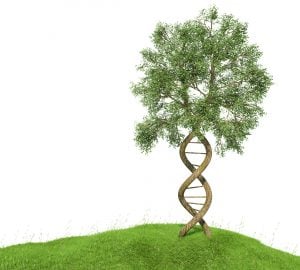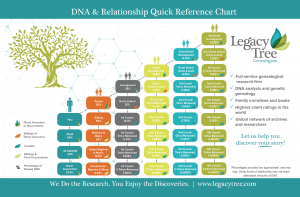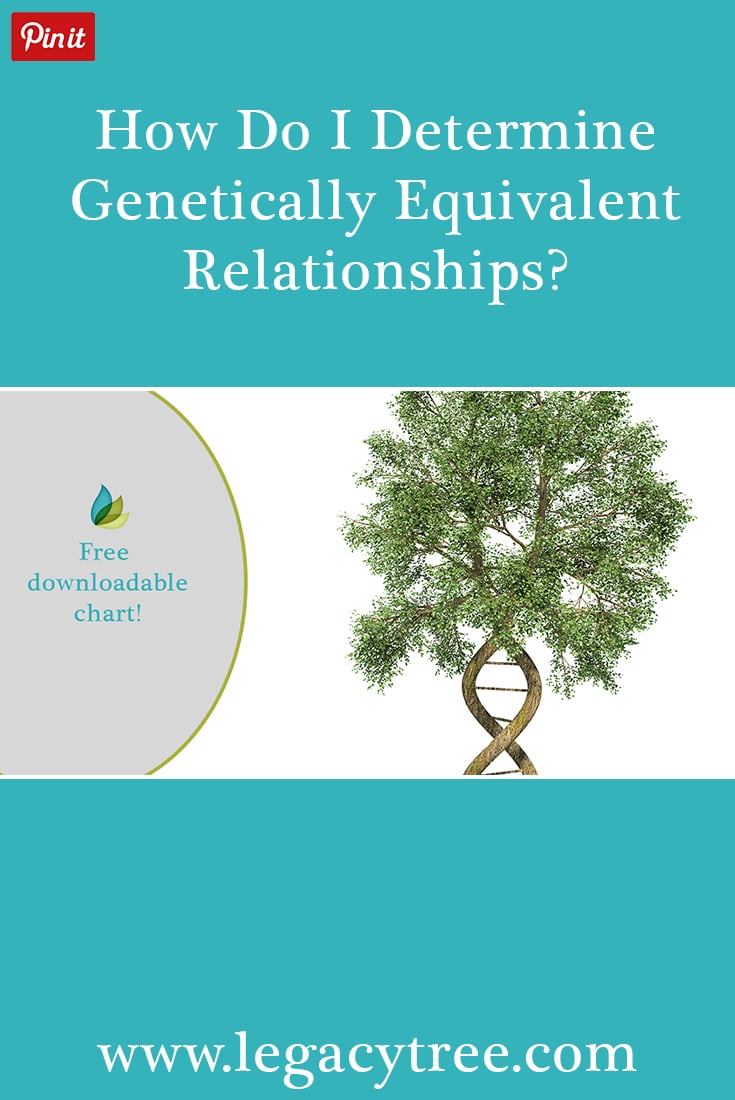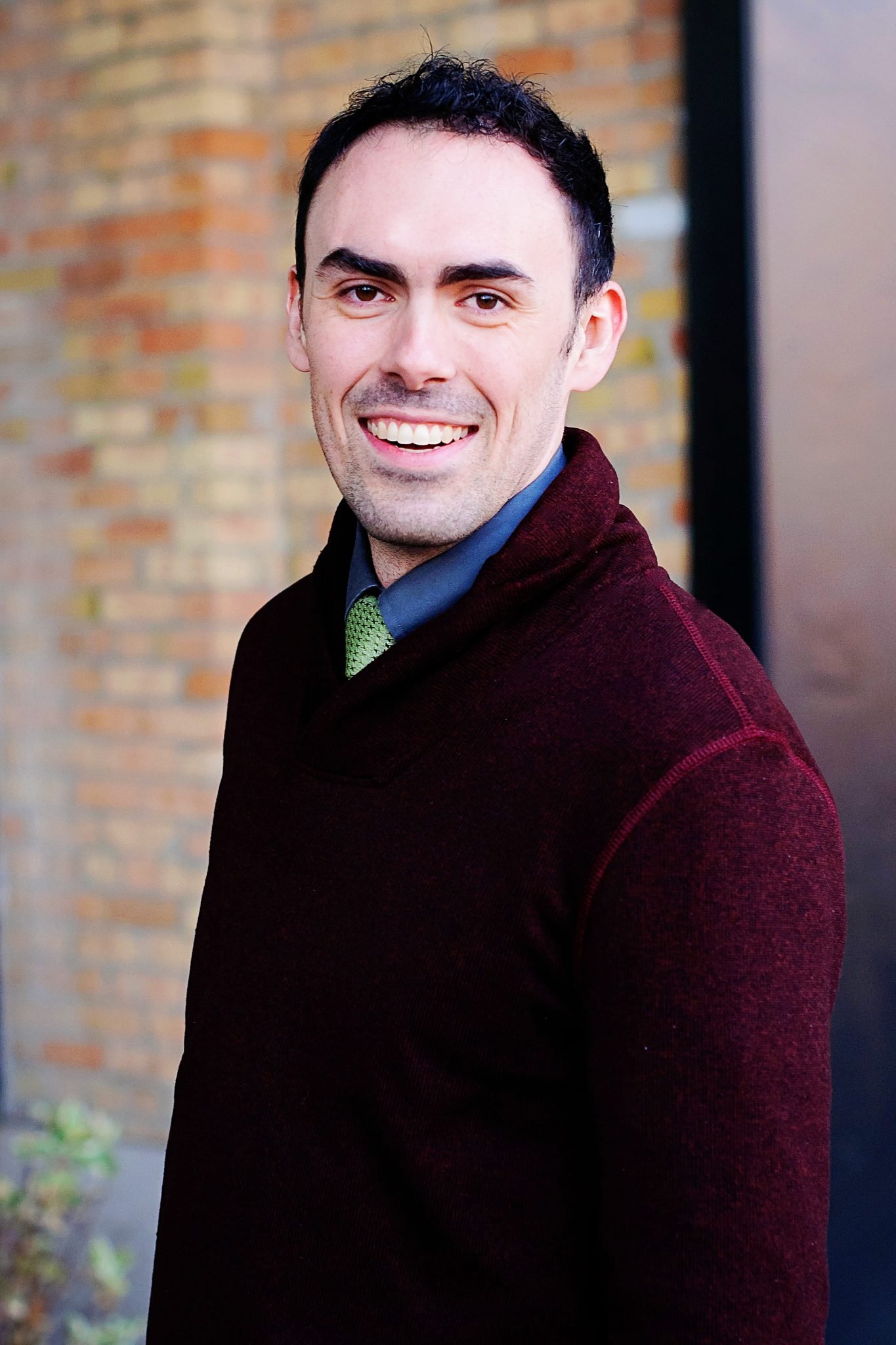How Many Great Great Great Great Nephews in Typical Family Tree? ?
An understanding of genealogical relationships is necessary before diving into genetically equivalent relationships in your family history. This article volition provide an overview of both concepts.
 Correctly evaluating shared DNA within the context of genetically equivalent relationships first requires mastery of genealogical relationships. Hither nosotros review of import genealogical relationships based on some of the pertinent variables. For the sake of simplicity, we limit our analysis to biological relatives and exclude in-police force and step relationships.
Correctly evaluating shared DNA within the context of genetically equivalent relationships first requires mastery of genealogical relationships. Hither nosotros review of import genealogical relationships based on some of the pertinent variables. For the sake of simplicity, we limit our analysis to biological relatives and exclude in-police force and step relationships.
Immediate Family: These relationships are straightforward: begetter, mother, sister, brother, son and girl.
Immediate Family unit of Ancestors: Your mother'due south brother is your maternal uncle. Your begetter's sister is your paternal aunt. Your sibling's child is a niece or nephew. Considering the firsthand family unit members of more than distant generations gets more complicated: Your grandad'south sis is a 1000-aunt (sometimes referred to every bit a neat-aunt). The brother of your second keen grandmother or (great-bang-up-grandmother) is your second great granduncle (or slap-up-nifty-granduncle). The relationship to a sibling of an antecedent carries the same prefixes as the relationship to that ancestor. Therefore, a sibling of your third great grandad will be your tertiary peachy grand-uncle.
Cousins of the aforementioned generation: A offset cousin is a child of your aunt or uncle – another grandchild of your common grandparents through a unique descent line. A second cousin is a grandchild of your grand uncle – some other smashing grandchild of your mutual smashing grandparents through a unique descent line. If you lot and a cousin share the same third-great-grandparents, then you are quaternary cousins to each other. The number associated with the cousin level is ane more than than the number of greats in the relationship level of your common ancestors. Therefore, fourth cousins share 3rd great grandparents, 5th cousins share 4th slap-up grandparents so on. Keep in mind that your relationship to others is dependent on your well-nigh recent shared ancestors and non their shared relationships to others. Therefore, you can take tertiary cousins who are in turn, siblings, first cousins or 2d cousins to each other.
Removed relationships: When you and a relative are not of the same generation, and then we describe the human relationship past the number of generations removed. Your female parent'south first cousin is a first cousin once removed, and you lot are the generation removed. Your first cousin'southward son is besides a outset cousin one time removed, but he is the generation removed. Your grandmother's second cousin is a second cousin twice removed, and y'all are two generations removed. Your third cousin's son is a third cousin in one case removed, and he is the generation removed. If your head is spinning, consider reviewing our article, "Third Cousins Twice Removed and Consanguinity: Figuring Out How You're Related to Your Relatives".
Half relationships: Most relatives share two ancestors in mutual – a man and a woman who are both members of an ancestral couple. When 2 individuals share only i common ancestor, we consider them to be half relatives. A son of your mother past a homo other than your father is a maternal one-half-blood brother. A grandson of your gramps descended from a adult female other than your grandmother is a half commencement cousin. Note that half relationships only utilise if yous descend from different partners or spouses of your mutual antecedent at the generation of your most contempo common ancestor. If two of your first cousins were born to your uncle past different spouses, they will still both exist first cousins to you even if they are half siblings to each other.
Genetically Equivalent Relationships
One time potential relationships have been estimated, consider genetically equivalent relationships and the genealogical context of a friction match's tree. The amount of Dna that 2 individuals are expected to share with each other depends on the number of generational steps betwixt them and their common ancestor(s). Thus, second cousins and start cousins twice removed are both expected to share similar amounts of Deoxyribonucleic acid since both levels of relationship include 6 generational steps. In most cases, two genetic cousins will exist related through two common ancestors: an ancestral couple. When two individuals merely share one ancestor, the amount of Dna they are expected to share in common is cutting in half which is equivalent to calculation another generational step. As a outcome, some levels of relationship are genetically equivalent. One-half siblings (2 generational steps with one common ancestor) share about 25% of their Dna. An aunt and her nephew (3 generational steps with two mutual ancestors) also share approximately 25% of their DNA. A grandparent and a grandchild (2 generational steps with one common ancestor – the grandparent) besides share approximately 25% of their DNA. A showtime cousin (four generational steps with two mutual ancestors) shares almost the aforementioned amount of Deoxyribonucleic acid every bit a half-uncle and his half-nephew (three generational steps with ane common antecedent). A kickoff cousin once removed (five generational steps with 2 mutual ancestors) shares virtually the same amount equally a half first cousin (four generational steps with one mutual ancestor).
When evaluating the amount of DNA shared with an unknown genetic cousin, consider potential equivalent relationships. When evaluating the corporeality of Deoxyribonucleic acid shared with known relatives, determine if their amount of shared Deoxyribonucleic acid would be more typical of a one-half relationship.
Understanding how y'all relate to others in your family tree can be confusing at times. We've created an piece of cake-to-read Deoxyribonucleic acid & Human relationship Quick Reference chart to help take the guesswork out of determining family relationships. Download the full-resolution version for free using the button below.

Download Now
If you lot need aid determing your relationship to a genetic match, or would like help extending your family lines, let Legacy Tree Genealogists provide the research and the extensions to your family tree. Contact us today for a free consultation.

Subscribe for weekly posts
Source: https://www.legacytree.com/blog/genetically-equivalent-relationships

0 Response to "How Many Great Great Great Great Nephews in Typical Family Tree? ?"
Post a Comment